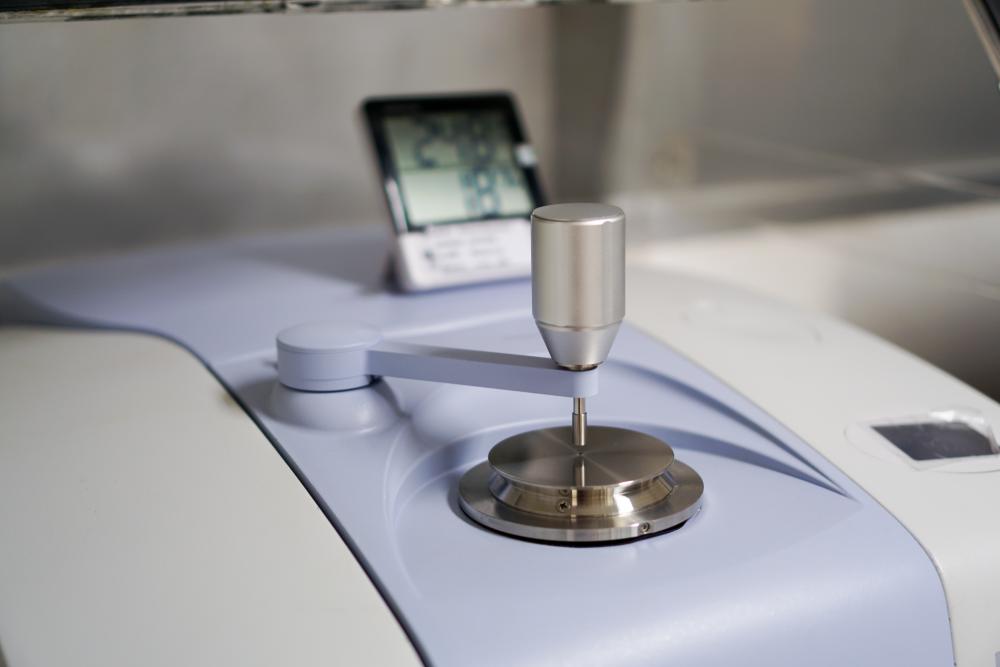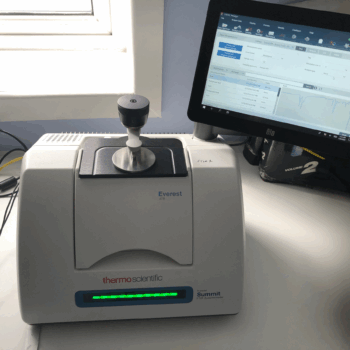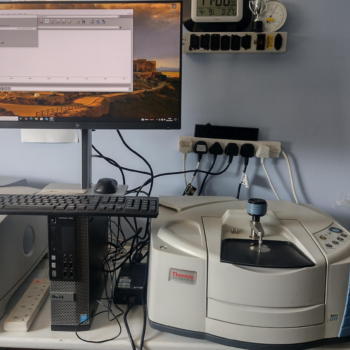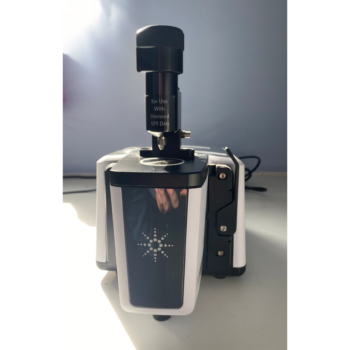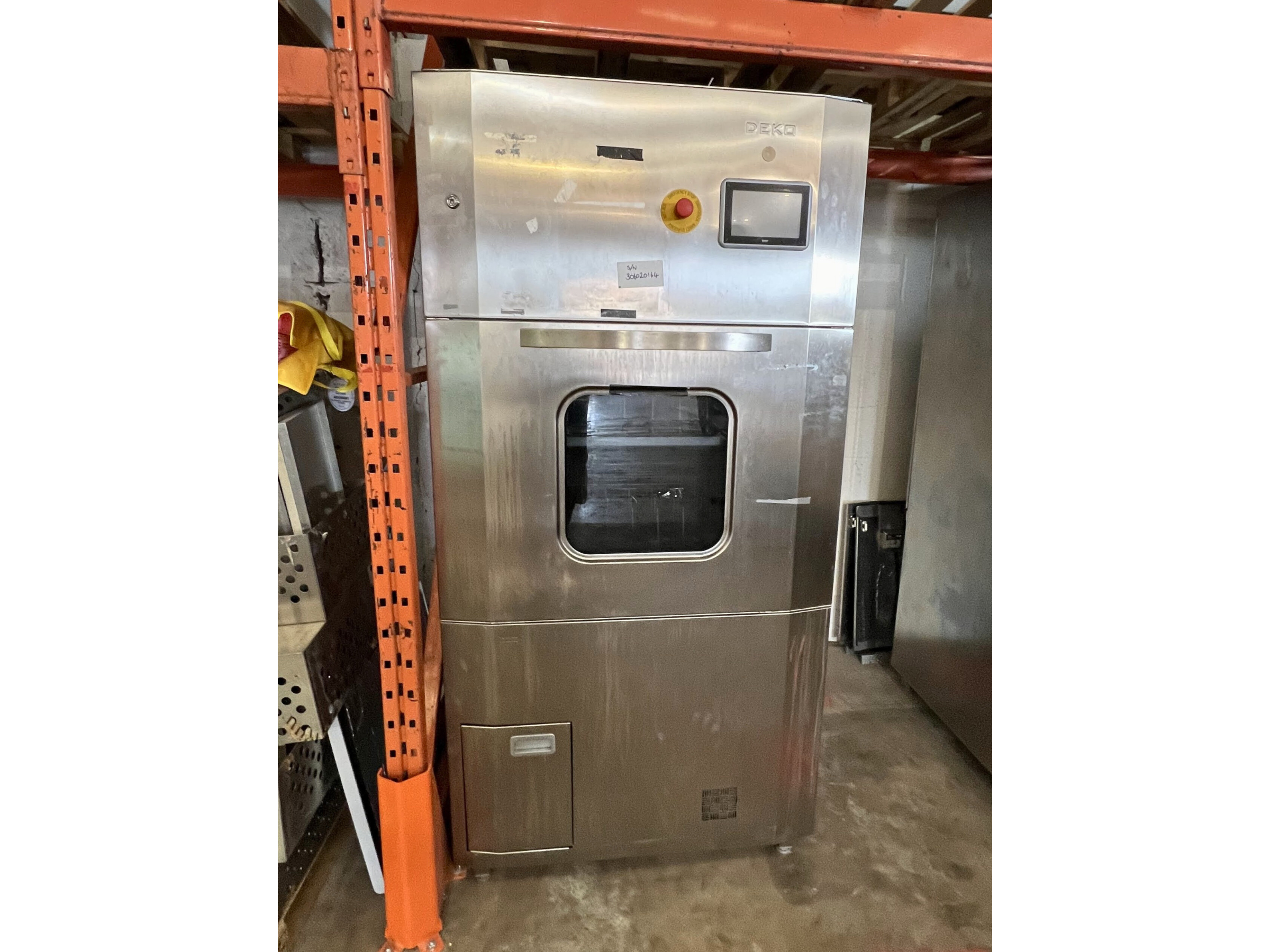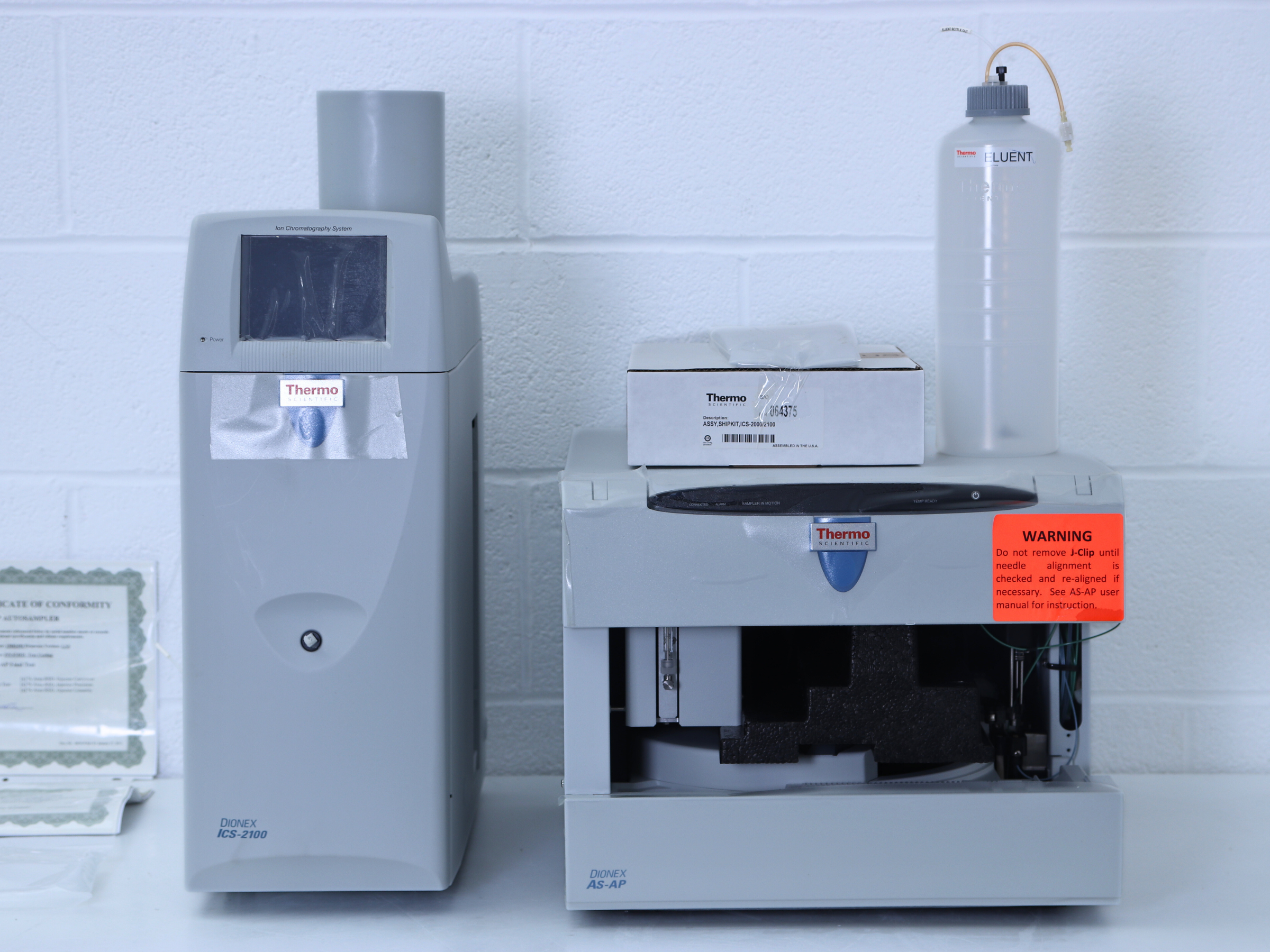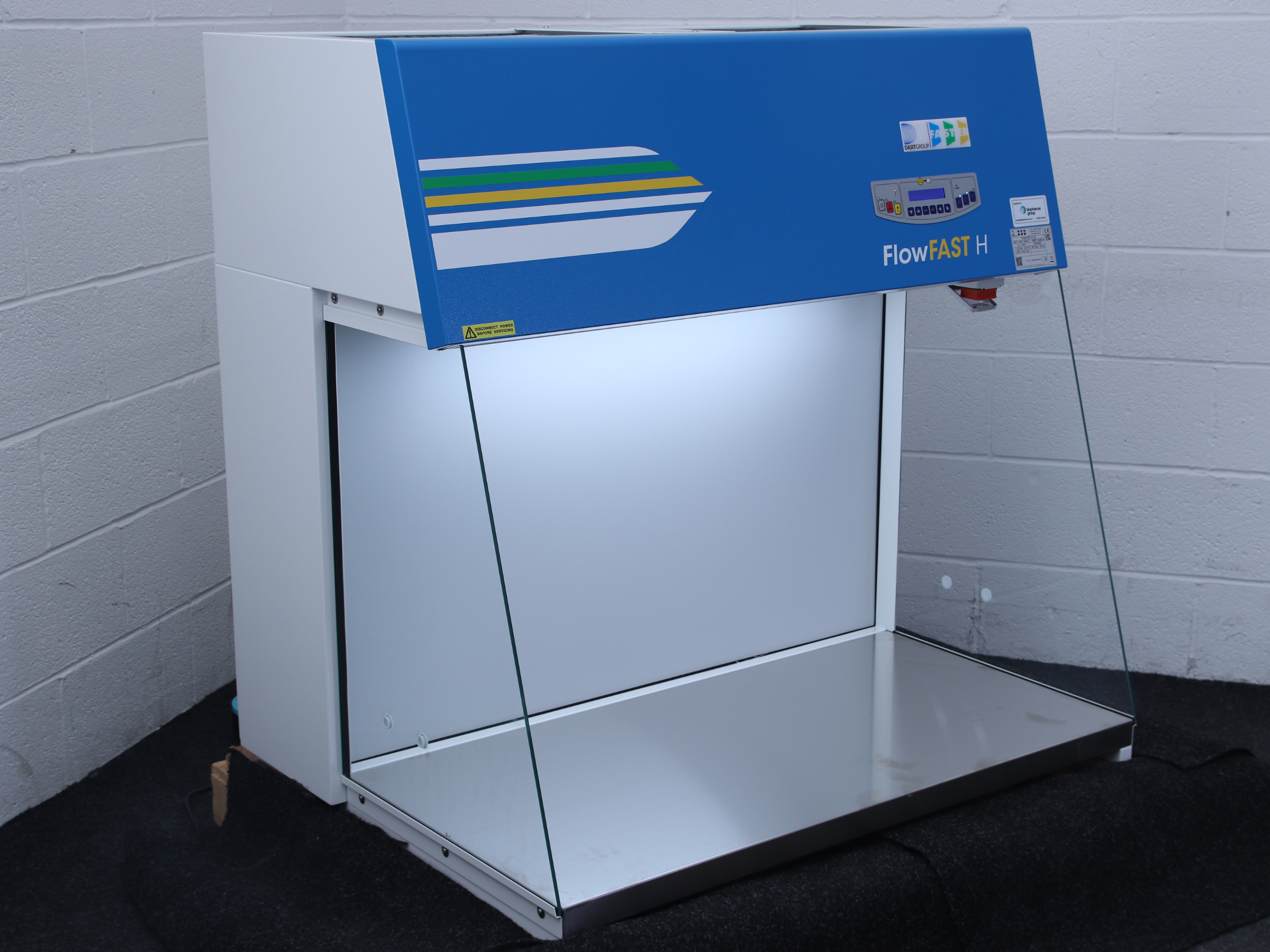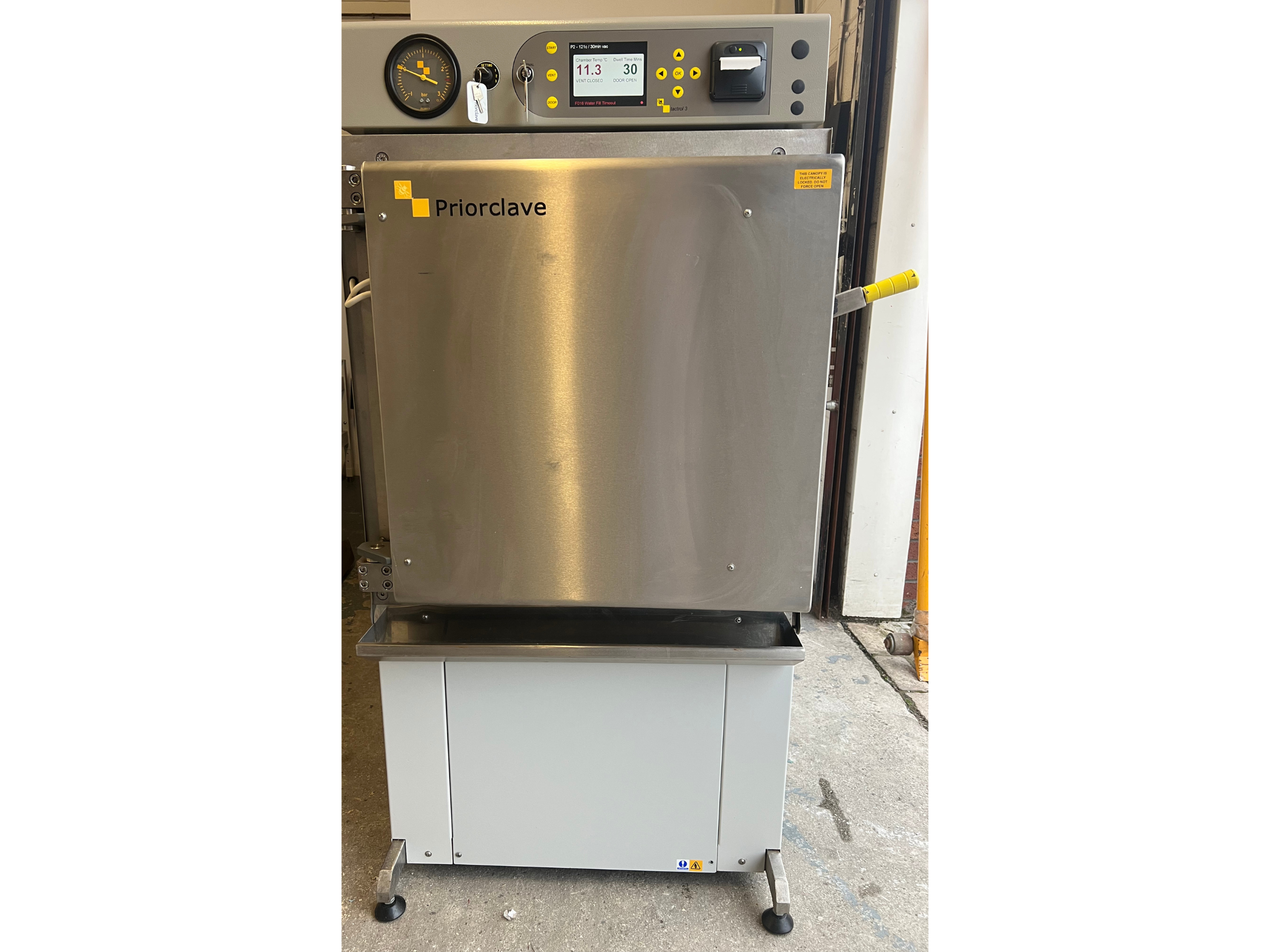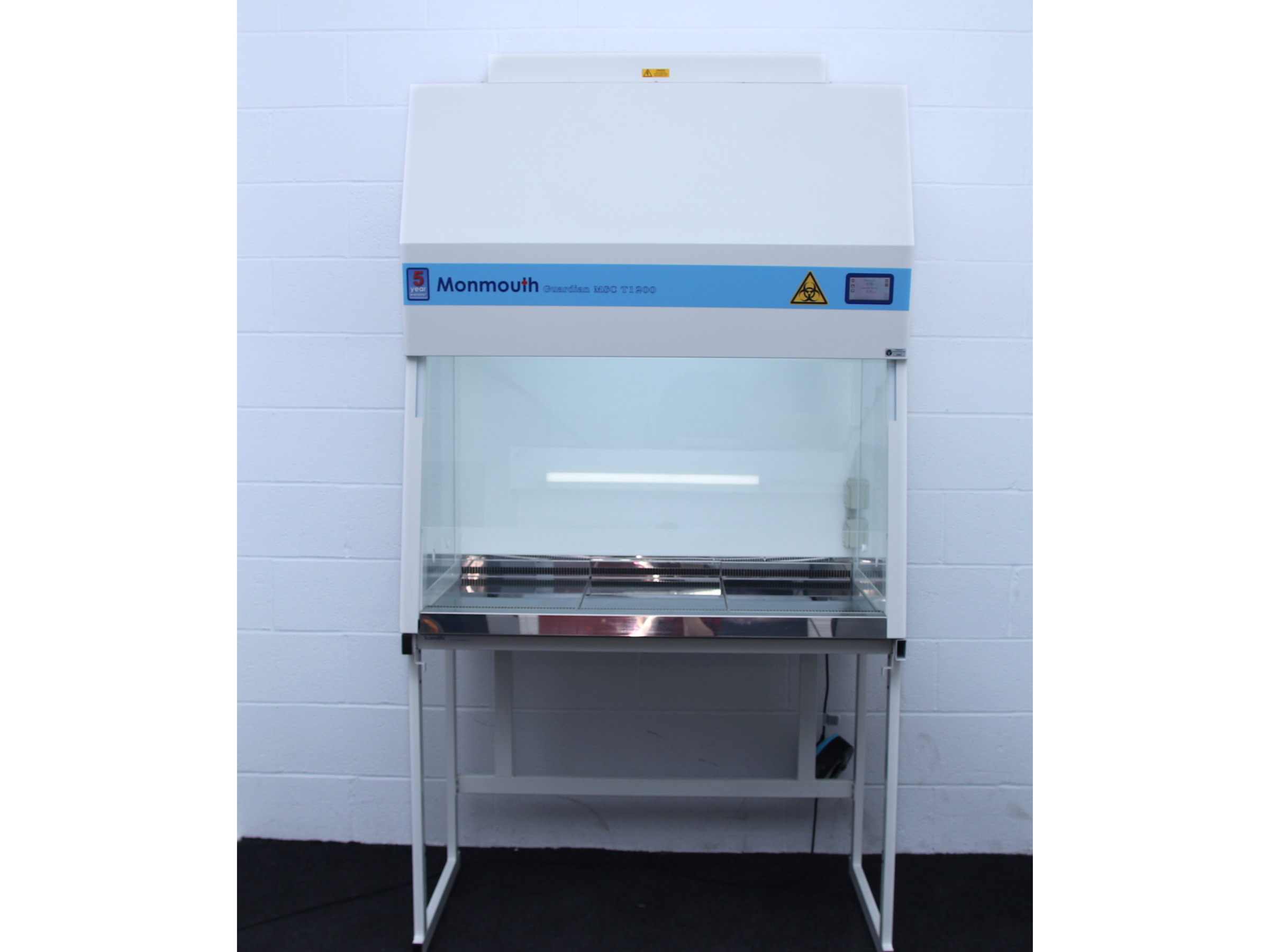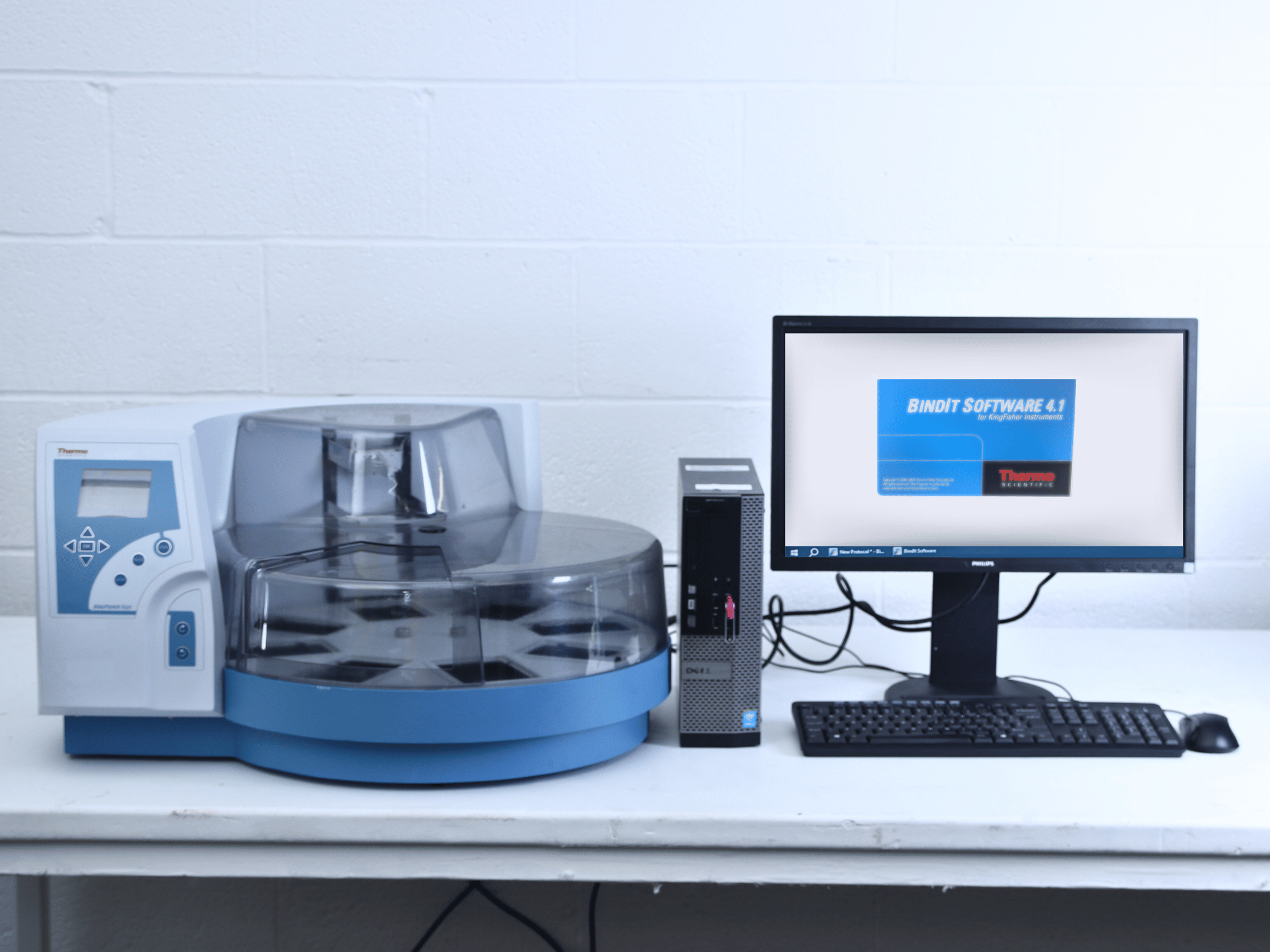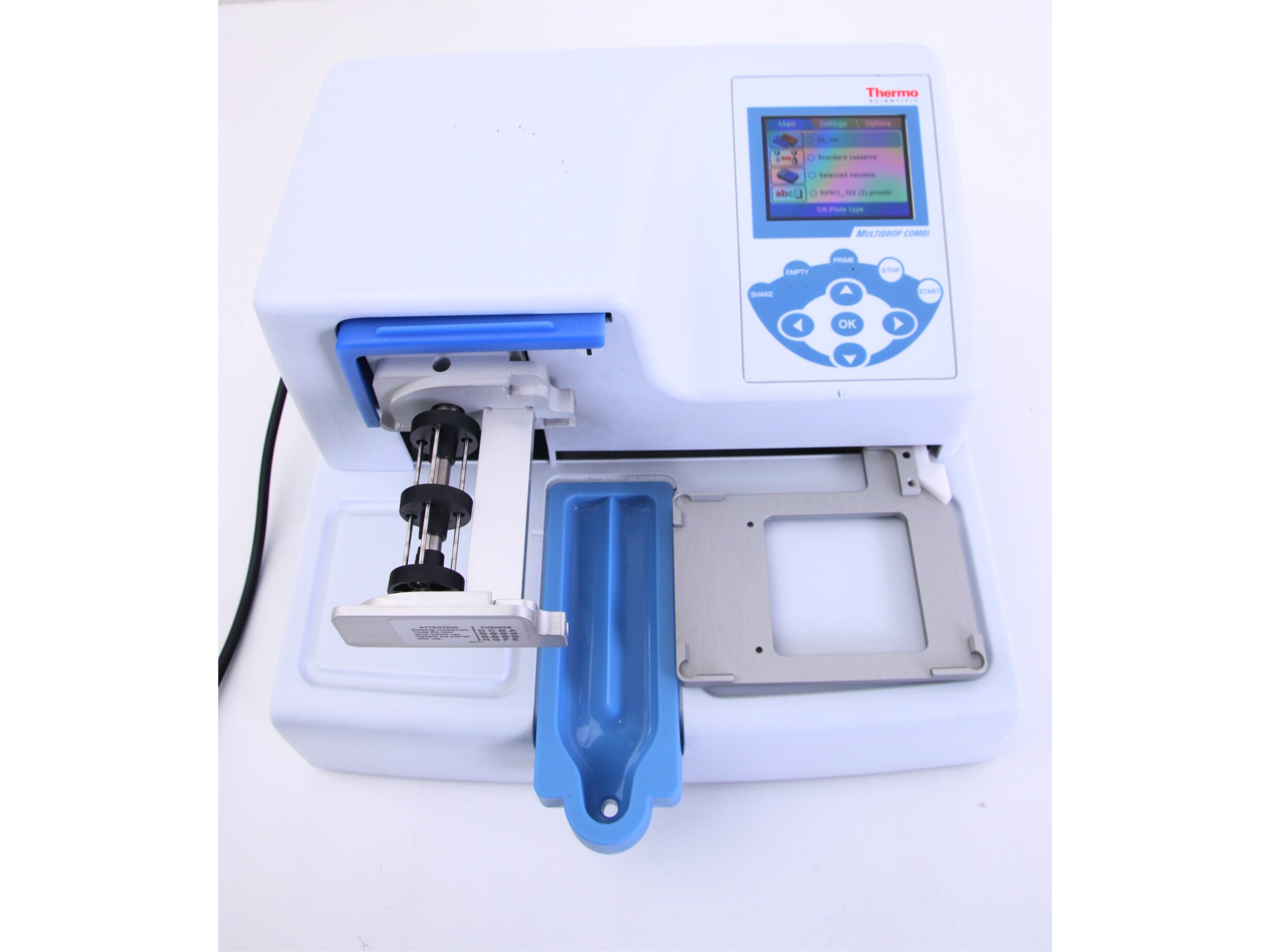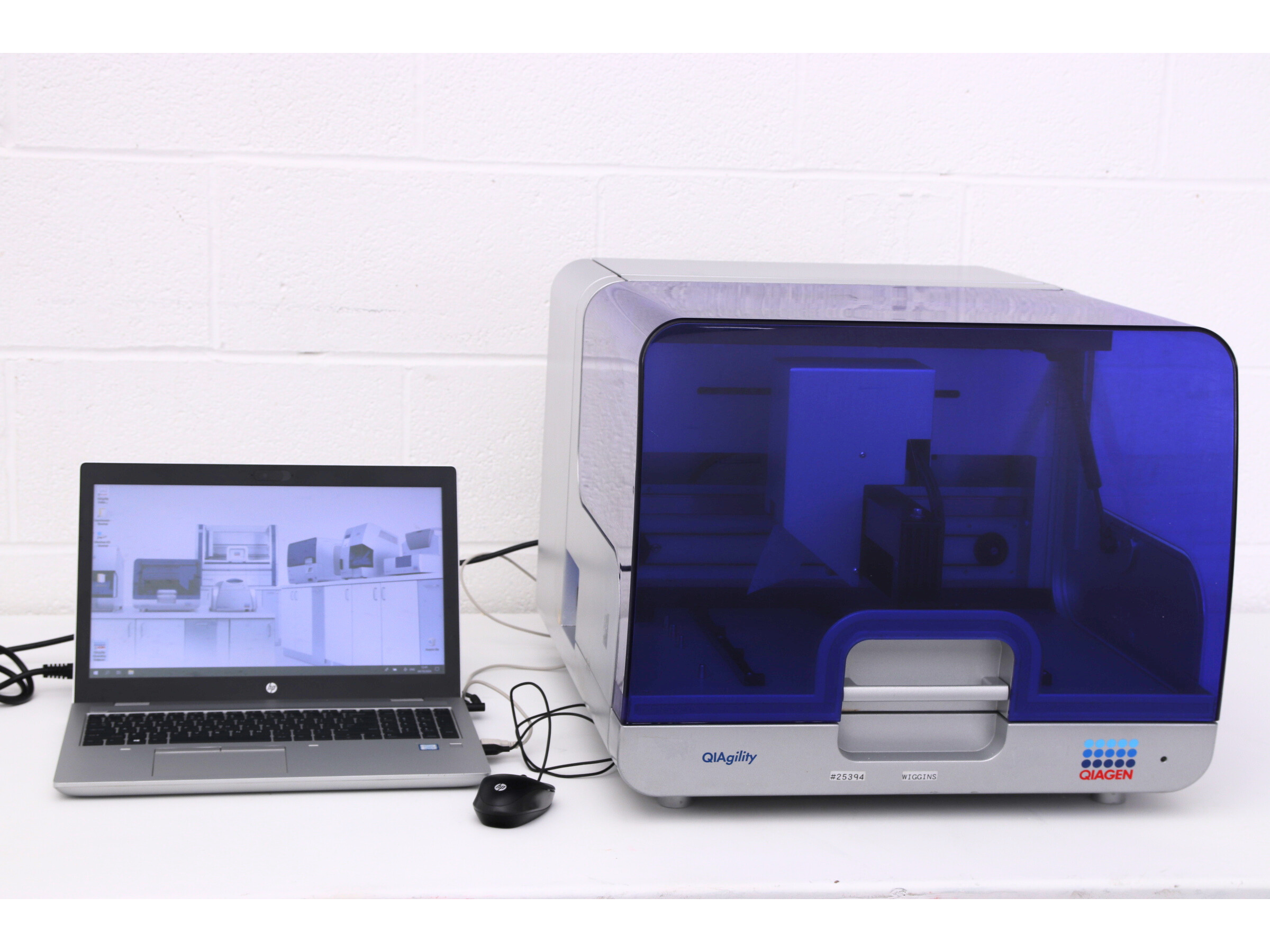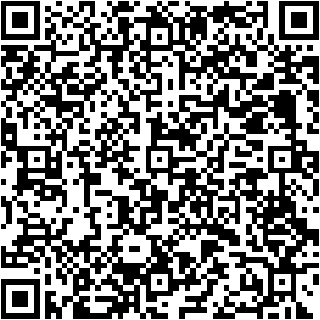What is FT-IR spectrometry used for?
FT-IR spectrometry is used to qualitatively analyse a wide range of materials such as polymers, pharmaceuticals, solvents, paints, adhesives, and more. All molecules have bonds between atoms, which have specific vibrational and rotational energies which, conveniently for us, correspond with electromagnetic radiation in the infrared range. When infrared radiation is directed at the sample, some wavelengths are absorbed by those bonds. Therefore, using specialist software and spectrum libraries it is exceptionally quick and easy to identify a very wide range of materials based on the wavelengths at which they absorb.
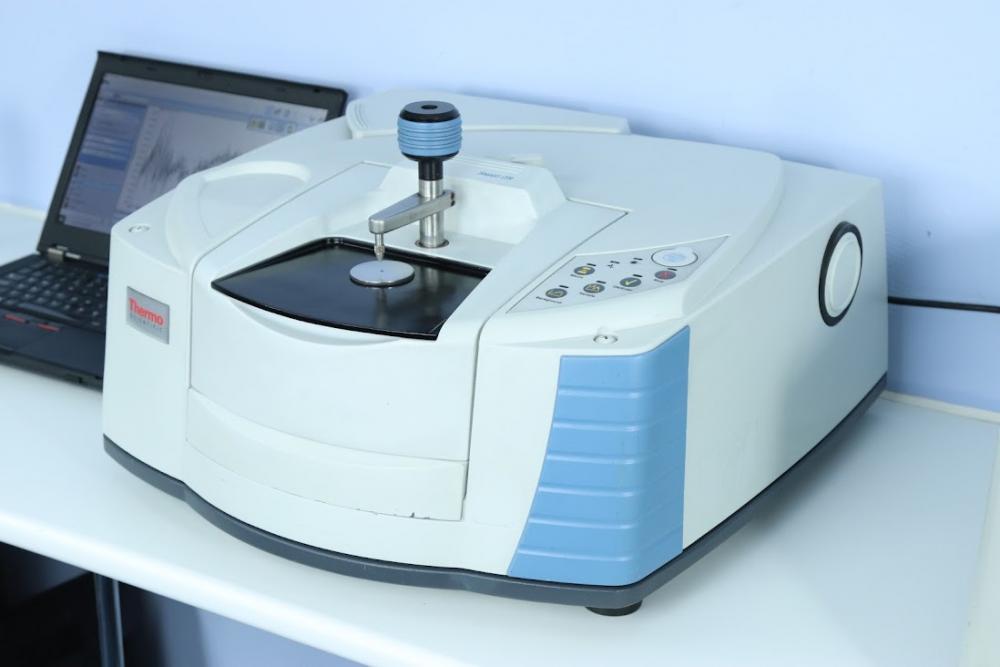
Why buy a second-hand FT-IR instrument?
FT-IR spectrometers can be very expensive to buy new. With this in mind, the main driver for most people buying a second-hand instrument is price. FT-IR spectrometers rarely need parts replacing or fixing, so they remain effective for a very long time. As a result, it is often possible to buy a high-quality functional used FT-IR for a fraction of the price of new.
Beyond price, there is the environmental aspect. It is obviously far better for the planet to keep equipment in circulation for as long as possible, rather then manufacturing new equipment and condemning perfectly good kit to landfill. Our dedicated Richmond Scientific FT-IR engineers are on hand to ensure all FT-IRs that come through our doors are in top condition before being offered out to customers at a great price.
Parts of an FTIR Spectrometer
FT-IR spectrometers are so robust and long-lasting because they have no moving parts, and very few parts that need replacing. Despite being an exceptionally valuable analytical tool, FT-IR spectrometers are relatively simple instruments, with a small number of parts the user (or person maintaining the equipment) needs to be aware of.
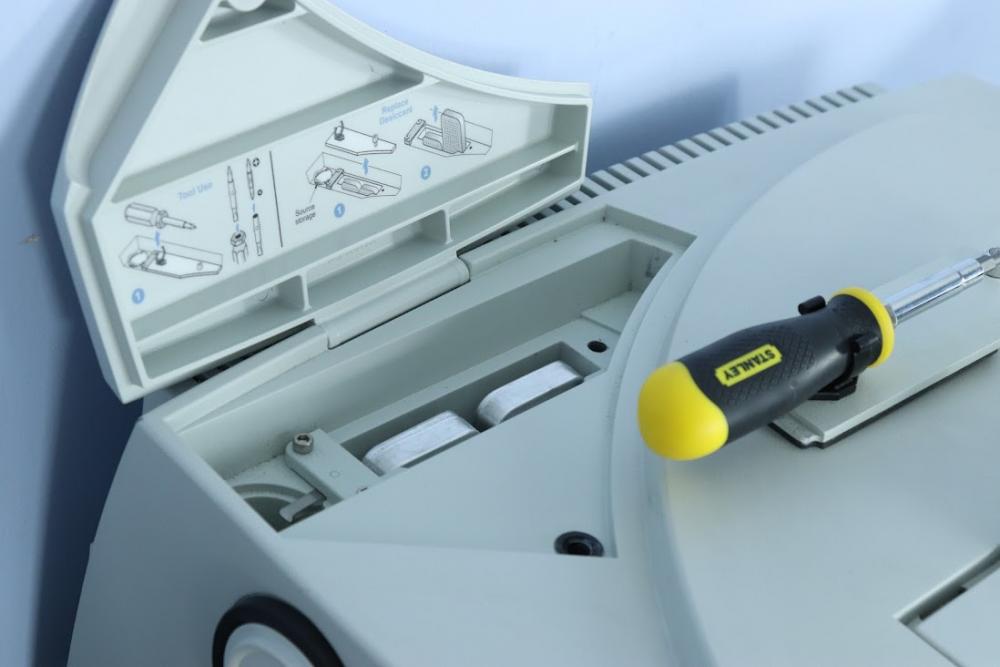
IR Sources
FT-IR spectrometers need to generate infrared radiation of known wavelength in the mid-to-near IR range. This is done by heating a source (typically silicon carbide or tungsten) to a very high temperature. This emits IR radiation, which can be measured by the detector. IR sources do eventually wear out (think of them like a fancy lightbulb) and can be replaced easily.
Beam Splitters
The clue’s in the name for this one. The beam splitter (you guessed it) splits the IR beam, directing 50% to be transmitted through the sample, and reflecting 50% for comparison. Beam splitters are often KBr or Quartz, and can be changed if needed based on the wavelength range required.
ATR Accessories
Various types of ATR exist for different types of sample. ATRs are used to hold the sample during measurement, and have different materials and configurations depending on the sample. Conversely, for polymer analysis an ATR may not be needed, as the beam can be passed straight through the sample. In short, ATRs are made with various crystals, designed for maximum contact and optimal penetration of the sample.
Detectors
Detectors measure the intensity of the infrared radiation that hits them, and convert it to a signal which the user can analyse and interpret
FT-IR technical support
At Richmond Scientific we have in-house expert engineers who service and test all the instruments that we sell. If you need advice on which FT-IR instrument you require, please call our team on 01257 270433.
Join the conversation. Email harry@richmondscientific.com or find us on social media. Get the newsletter to get more great deals and articles delivered to your inbox weekly
